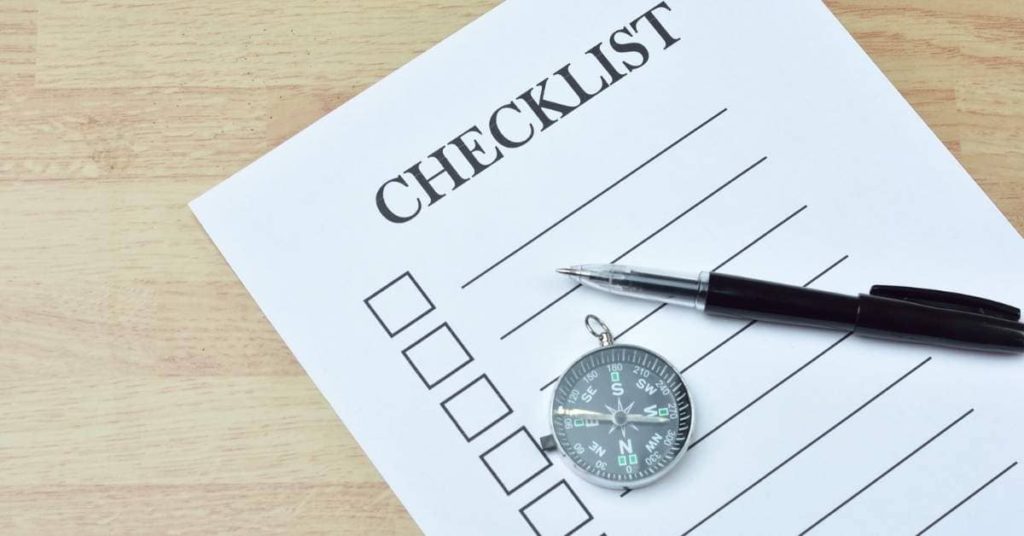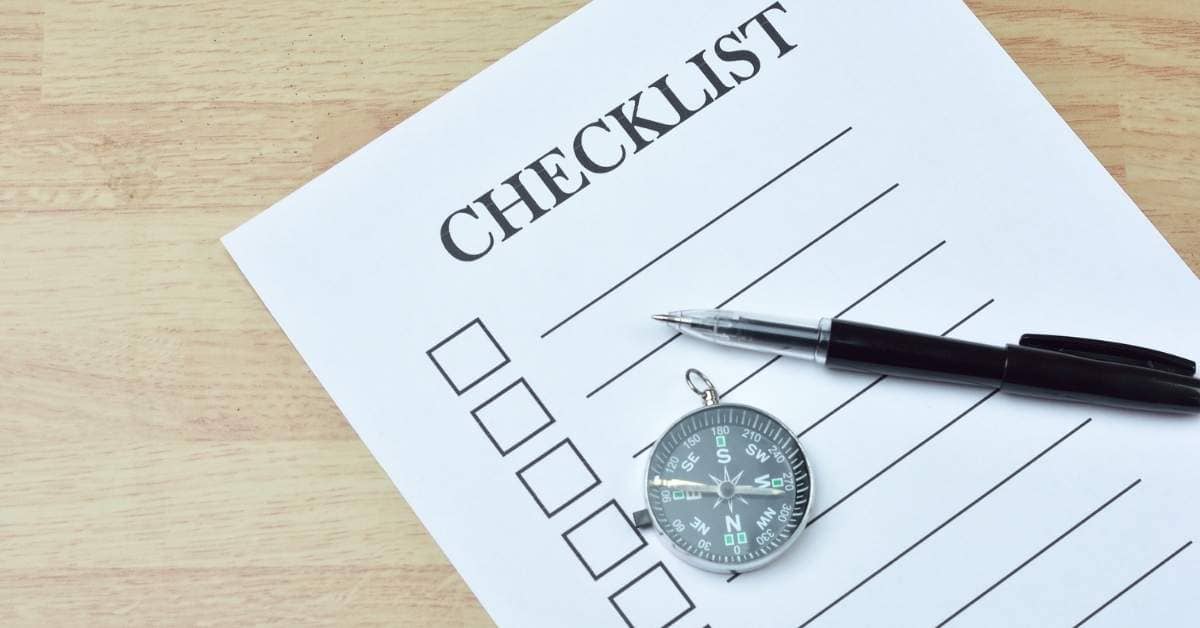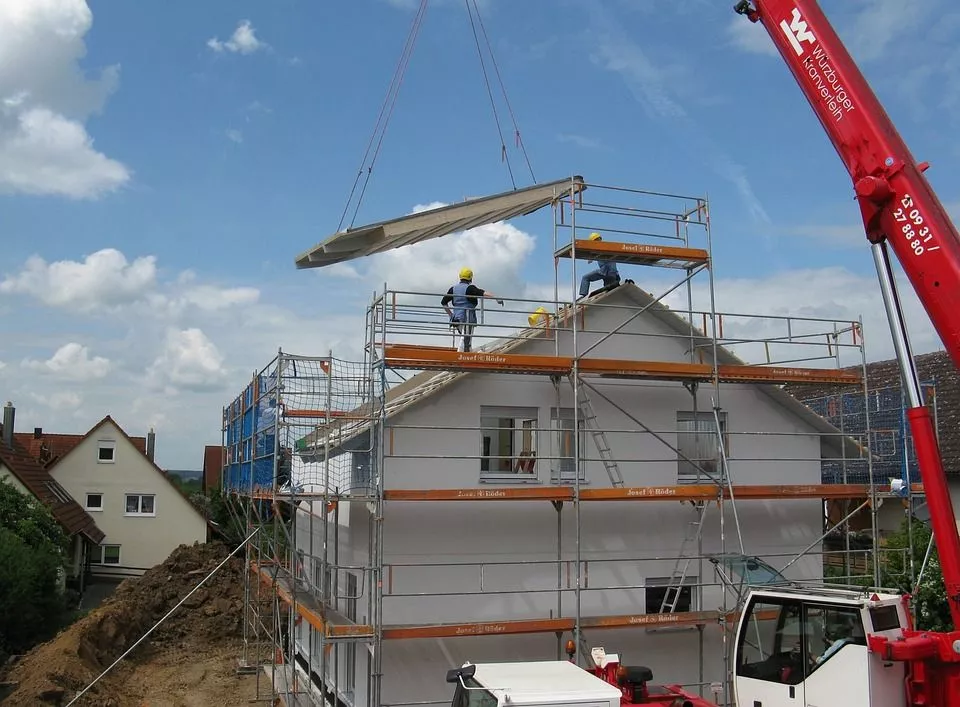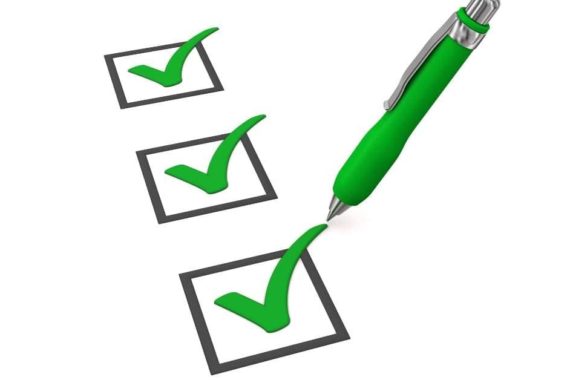
Introduction
Your company has just won a contract for a new project, and you’re responsible for making sure that everything goes off without a hitch. If this causes your heart to race, it’s likely because you need a better way to organize yourself — and fast. It may seem daunting at first, but if you break down the project into smaller tasks, each with its own checklist of steps, it’ll be much easier to get from start to finish without missing anything important along the way. To give you some inspiration in creating your own checklist for your next big project, we’ve created this step-by-step guide outlining what should be included within each section of your document:
What is a Project Mobilization Checklist?
A project mobilization checklist is a document used to help you succeed in business. It’s like a map that shows you how to get from point A to point B, with each step along the way helping you plan, execute and deliver your project on time and within budget.
In this guide we’ll show you how to create your own project mobilization checklist so that your next move can be successful.
Why Should You Use a Project Mobilization Checklist?
Here are just some of the reasons why you should use a project mobilization checklist:
- It is a tool that helps you to organize your project. You can use it to make sure that all the different aspects and activities involved in your project are covered.
- It helps you to avoid mistakes and improve the quality of your work. If there are certain things that need to be done at certain points during the course of your project, then it’s important that everyone knows what those things are so they can do them properly when they need to be done.
- It helps you to get organized, stay on track, manage team members effectively and much more!
Mobilization Process – Project Mobilization Checklist
The following is a checklist of the steps you need to take in order to successfully mobilize your project. Keep in mind that this list is not exhaustive; it’s meant to provide an overview of the process, as well as highlight some important areas that you should pay attention to throughout your project’s lifecycle.
- Step 1: Request for Proposal (RFP)
- Step 2: Contracting and Contract Negotiations
- Step 3: Procurement and Vendor Selection
- Step 4: Developing the Workplan and Schedule
- Step 5: Hiring, Staffing and Training
- Step 6: Site Logistics & Infrastructure Setup
Step 1: Request for Proposal
An RFP is a formal way to request proposals for specific services or products. As the name suggests, an RFP is used to solicit information from vendors about their products and services.
It’s important that you have a thorough understanding of what your organization needs in order to complete its project successfully, including:
- A detailed description of the project goals
- A detailed timeline
- The project budget
Step 2: Contracting and Contract Negotiations
Contracting and Contract Negotiations
What is a contract?
A contract is an agreement between two or more parties to perform or refrain from performing some action. It creates mutual obligations between the parties that are enforceable by law. A contract can be written, oral, or implied. Most business contracts are written, but it’s always best to secure your verbal agreements in writing as well.
What is Contract Procurement?
Contract procurement refers to the process of obtaining contracts for goods and/or services for your company through competitive bidding processes such as an RFP (Request for Proposal). This process involves creating invitations to bid or proposals from potential businesses that will provide you with certain products or services at agreed-upon costs if they win the bid(s) for those products/services.
The goal here is usually to get the best price possible while still getting quality work done by qualified professionals who have experience working on similar projects before yours; ideally, this means finding someone who has done similar work recently so they don’t have any surprises during implementation time! You should also consider how long each contractor has been in business because newer companies may not offer much experience yet – they’re great options when budgeting allows though since they’ll likely charge less than other firms out there which could save thousands over time!”
Step 3: Procurement and Vendor Selection
After you’ve got your list of vendors, review the RFP responses. Evaluate each one based on their experience, equipment, and staff. If the vendor has the right experience but lacks proper equipment or an adequate crew, they may be able to help you out. In this case, you can negotiate a contract with them that will make both parties happy—they’ll get some business and you’ll still get what you want from them.
If you’ve got all three things covered (experience, equipment/staff), then go ahead and sign the contract! Now it’s time for Step 4: Procurement Management
Step 4: Develop the Workplan and Schedule
If you want to achieve your goals, then it is extremely important that you develop a work plan and schedule. It will help you identify all the tasks involved in accomplishing your project and set milestones along the way.
This can be done in two ways:
- The first one is by identifying who will be responsible for each task, how long it will take them to complete it, what resources are needed and so on.
- The second way involves listing all the tasks involved in accomplishing your project and assigning each task with an estimated time frame (in weeks). You can also list out any other resources required for completing these tasks as well as their estimated costs.
Step 5: Hiring, Staffing, and Training
After you’ve conducted an analysis of the project, determined a clear direction, and developed a master plan, it’s time to take the next step in your mobilizing process: hiring and staffing.
The first thing you’ll want to do is decide what kind of team you need for your project. If this is your first time managing large teams and projects, it can be difficult to know how many people will work well together in order to be successful at accomplishing your goals. In general, however, most businesses find that they need between four and ten people on their team. This group should consist of members who have specific skill sets necessary for achieving their goals as well as those who are able to build strong relationships with their customers or clients so that they’ll stick around long enough for those relationships (and profits) to grow!
Step 6: Site Logistics & Infrastructure Setup
In this section, you’ll learn how to set up site logistics and infrastructure for your project. Site logistics and infrastructure play an important role in making sure the project is successful.
Here are some things you should know about site logistics and infrastructure setup:
- What is site logistics and infrastructure setup? It includes all of the physical resources required to complete a task or activity on time. These include things like tools, equipment, training materials, etc., as well as human resources (people).
- The role of site logistics and infrastructure setup? They help make sure that all products are delivered on time without any defects or hindrances during manufacturing or distribution processes. You need to remember that if there is no proper equipment available at a factory then workers may have difficulty performing their job functions properly which could lead to low-quality products being produced by them
Step 7: Defining Deliverables & Setting Milestones
In Step 7, you should define all of the deliverables that your project needs to create, as well as set milestones for when each deliverable will be completed. This is also a good time to confirm with everyone involved in the project that they understand what their specific responsibilities are.
You can use our Project Mobilization Checklist to help you define all of these things and make sure everything goes smoothly from start to finish.
Step 8 Engagement Kickoff & Stakeholder Meeting
- Stakeholder Meeting
- Purpose: Prioritize, communicate and align stakeholders to ensure alignment and success of the project.
- Preparation: Identify key stakeholders and those who need to be involved. Invite them to participate in the meeting, but also make sure you have their most up-to-date contact information so you can reach out if anything changes.
- Conducting the Meeting: Schedule a meeting with all involved parties (this could include customers, your team members, etc). Once everyone is gathered together inform them of what will be discussed during this meeting and why it’s important for everyone present to attend as well as participate fully in this discussion. This will help avoid any confusion or issues when it comes time for follow-up after each step has been completed by your team members within their respective roles on this project mobilization checklist template [insert link here].
This article will show you how to use a project mobilization checklist to succeed in business.
This article will show you how to use a project mobilization checklist to succeed in business. There are many benefits that come from having a project mobilization checklist, and it will help you achieve your goals. The steps of creating a project mobilization checklist are based on the Oracle principles of leadership, which are less about the leader themselves and more about how the followers perceive their leaders.
Conclusion
Hopefully, you’ve found this guide helpful and can use it to help your business succeed. If you have any questions about using a project mobilization checklist, please don’t hesitate to contact us!





